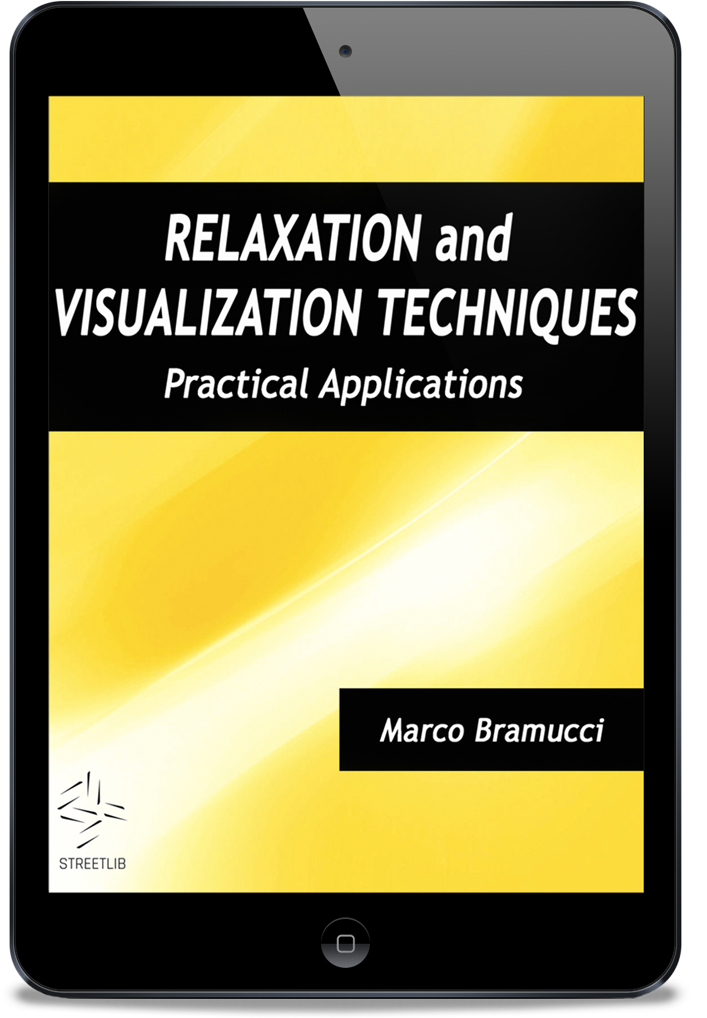Trigger points (tp) or muscle knots are hyperirritable spots located in a palpable taut band of muscle tissue. The spots are painful on compression and can produce referred regional pain (zone of reference) and a local twitch response. Trigger points help define myofascial pain syndromes, a syndrome characterized by chronic pain caused by multiple trigger points.
The term “trigger point” was coined in 1942 by Dr. Janet Travell (1901 – 1997), an American physician and medical researcher. Another important researcher on trigger points was the American physician Dr. David G. Simons (1922 – 2010). Together they published the book “Myofascial Pain and Dysfunction: The Trigger Point Manual”, which is the most important work on trigger points.
POSSIBLE CAUSES – Trigger points develop when overstilulated sarcomers become unable to release their contracted state. The following is a list of potential factors that can make a muscle particularly susceptible to develop trigger points or make them persist:
- Muscle abuse: overcontraction or overstraching (whiplash, strains, dislocations, etc).
- Repetitive movement: for work routines, ect. We should always find the way to change routine.
- Muscle tension: Emotional stress and anxiety, cold wind or the use of too cold air conditioning.
- Abnormal bone structure: unequal leg lenght, etc.
- Postural stress: repeated awkward positions and sedentary lifestyle.
- Nutritional deficiencies: deficiencies in vitamins B1, B6, B12, folic acid, and vitamin C. Calcium, magnesium and potassium are also important.
- Metabolic disorders: hypoglycemia, anemia, etc.
- Chronic bacterial infections: dental abscesses, sinusitis, etc.
TREATMENT – There are different treatments for the tp and a combination of two or more of them can be performed. It is not possible to state which is the best as different people respond differently to different treatments:
- deep stroking massage
- ischemic compression (practitioners use elbows, feet or various tools to direct pressure upon the trigger point).
- stretching: passive, active, and proprioceptive neuromuscolar facilitation (PNF).
- yoga
- ultrasounds, electrostimulation, laser therapy
- spray-and-stretch technique using a cooling spray
- insertion of needles (acupuncture)
- injection of local anesthetics. This method provides more immediate relief and can be effective when other methods fail.
CLASSIFICATION OF TRIGGER POINTS – tp can be classified as follows:
- Active trigger point: causes pain at rest. It is tender to palpation with a referred pain pattern that is similar to the patient’s pain complaint. This referred pain is felt not at the site of the trigger-point origin, but remote from it. The pain is often described as spreading or radiating. Referred pain is an important characteristic of a trigger point. It differentiates a trigger point from a tender point, which is associated with pain at the site of palpation only.
- Latent trigger point: does not cause spontaneous pain, but may restrict movement or cause muscle weakness. The patient presenting with muscle restrictions or weakness may become aware of pain originating from a latent trigger point only when pressure is applied directly over the point.
- Key trigger point: it has a pain referral pattern along a nerve pathway that activates a latent trigger point on the pathway, or creates it.
- Satellite trigger point: it is activated by a key trigger point. Successfully treating the key trigger point will often resolve the satellite, either converting it from being active to latent or completely treating it.
- Primary trigger point: in many cases will biomechanically activate a secondary trigger point in another structure. Treating the primary trigger point does not treat the secondary trigger point.
Read also




